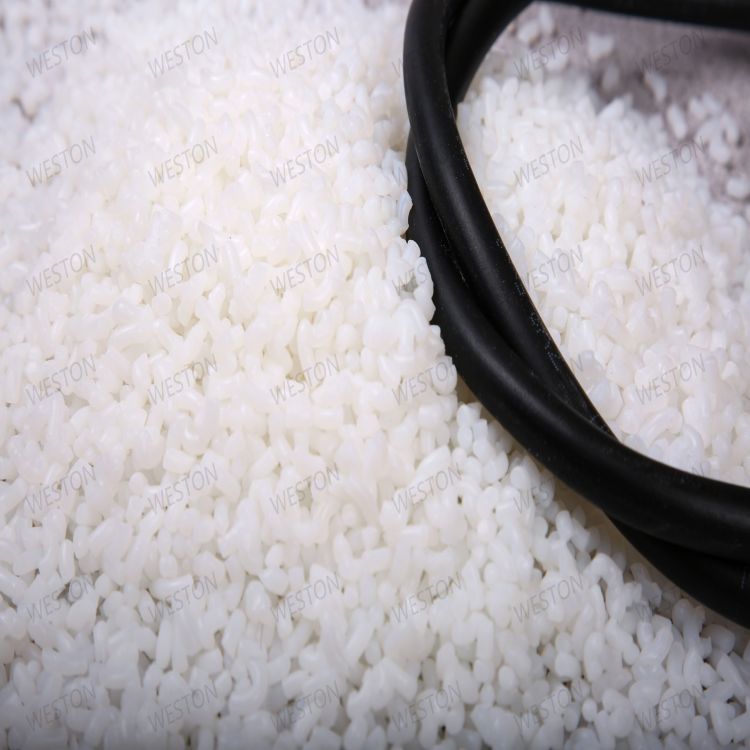-
Categories
-
Pharmaceutical Intermediates
-
Active Pharmaceutical Ingredients
-
Food Additives
- Industrial Coatings
- Agrochemicals
- Dyes and Pigments
- Surfactant
- Flavors and Fragrances
- Chemical Reagents
- Catalyst and Auxiliary
- Natural Products
- Inorganic Chemistry
-
Organic Chemistry
-
Biochemical Engineering
- Analytical Chemistry
- Cosmetic Ingredient
-
Pharmaceutical Intermediates
Promotion
ECHEMI Mall
Wholesale
Weekly Price
Exhibition
News
-
Trade Service
When the chemical reaction reaches an equilibrium state, the concentration of reactants and products will no longer change with time, and the reactants have been converted into products to the maximum
.
When the chemical reaction reaches the equilibrium state, the fraction or percentage of the reactants that have been converted into products in the initial total amount of the reactants is called the equilibrium conversion rate
.
When other conditions are the same, the greater the K, the greater the equilibrium conversion rate
.
Therefore, the equilibrium constant reflecting the relationship between the equilibrium concentrations can indicate the degree of progress of the reaction
.
[Example 4-2] The equilibrium constant of the reaction at 523K is 0.
625 mol·dm -3 .
If 0.
700 mol of PCl 5 is sealed in a 2.
00 dm 3 container, calculate the conversion rate of PCl 5 when the reaction reaches equilibrium
.
When the equilibrium is solved, x mol PCl 5 has participated in the reaction
.
which is
Solutions have to
x=0.
500
The conversion rate of PCl 3 is
2.
Judging the direction of the chemical reaction by the equilibrium constant
For reaction
Define the reaction relative concentration quotient (referred to as the relative quotient) Q Θ at a certain moment as
In the formula, [G] and [A] both represent the concentration at any time when the reaction proceeds
.
Obviously, when the reaction reaches equilibrium, the relative quotient Q Θ of the reaction is equal to the standard equilibrium constant K Θ , that is
If the reaction progresses to a certain point
Explain that [G] g <[G] g is flat, and [A] a >[A] a is flat
.
Only when the concentration of G in the reaction relative quotient increases and the concentration of A decreases, will Q Θ and K Θ be equal to achieve the equilibrium of the reaction, so the reaction should proceed in the direction of the positive reaction at this moment
.
Q Θ <K Θ The reaction proceeds in the forward direction
Q Θ >K Θ The reaction proceeds in the reverse direction
Q Θ = K Θ The reaction reaches equilibrium
By comparing K p or K c with the corresponding reaction concentration quotient (referred to as the reaction quotient) Q, the direction of the reaction can also be judged, but attention must be paid to the consistency of the equilibrium constant and the reaction concentration quotient, that is, the relative concentration (points) is used for both.
Pressure) or relative concentration (partial pressure) is not used
.
[Example 4-3] At 273K, the saturated vapor pressure of water is 611Pa, and it reacts at this temperature
The equilibrium constant K Θ = 6.
89×10 -12 , the trial calculation results show that the actual process is SrCl 2 ·6H 2 O(s) dehydration and weathering, or SrCl 2 ·2H 2 O(s) water absorption and deliquescent
.
Solution One is the standard equilibrium constant of the reaction
Get
Since the saturated vapor pressure of water is greater than the partial pressure of H 2 O when the dehydration reaction of SrCl 2 ·6H 2 O reaches equilibrium at this temperature , the dehydration reaction proceeds in the reverse direction, that is, SrCl 2 ·2H 2 O absorbs water and deliquesces .
Solution 2: When the partial pressure of H 2 O produced by the reaction is equal to the saturated vapor pressure of water, the relative concentration quotient of the reaction is
Since Q Θ >K Θ , the reaction moves in the reverse reaction direction, that is, SrCl 2 ·2H 2 O deliquescence by absorbing water







